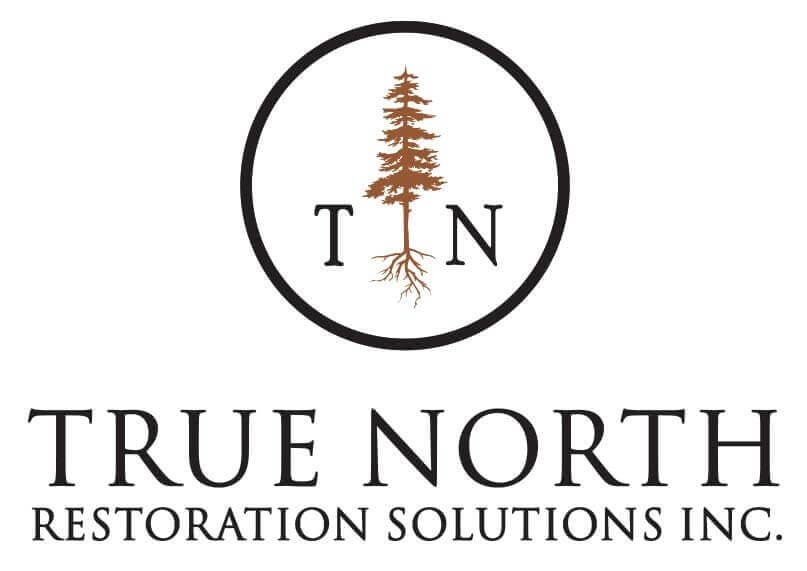Preserve Your Cabin: The Crucial Role of Replacing Rotting Logs
Introduction
Nestled deep in the serene woods or perched on the shore of a tranquil lake, a cabin is a haven of tranquility and a symbol of rustic charm. However, as time passes, the elements can take a toll on the cabin’s structure, particularly its logs. Logs are not just the building blocks of your cabin; they are its essence. When logs begin to rot, it’s not merely an aesthetic concern; it can jeopardize the structural integrity of your cabin. In this blog, we’ll explore the importance of replacing rotting logs and preserving the longevity and safety of your cherished cabin.
Understanding the Significance of Cabin Logs
The Backbone of Your Cabin
Before delving into the necessity of replacing rotting logs, it’s essential to understand their role in your cabin’s construction. Logs are the backbone of your cabin, supporting the entire structure. They not only provide stability but also contribute to the cabin’s aesthetics, giving it that classic, rustic appeal.
The Causes of Log Rot
Unseen Dangers
Log rot is often a silent, hidden danger. Understanding its causes is essential:
- Moisture: Continuous exposure to moisture can lead to log rot. Rainwater, snow, and humidity all play a role.
- Insects: Certain wood-boring insects can infiltrate logs, creating openings for moisture to seep in.
- Fungi: Wood-rotting fungi thrive in damp conditions, further accelerating the decay process.
- Poor Maintenance: Neglecting your cabin’s maintenance can exacerbate log rot.
Signs of Rotting Logs
Identifying the Culprits
To address log rot, you must first be able to identify it. Look for these telltale signs:
- Soft, Spongy Wood: Rotting logs will feel soft and spongy to the touch.
- Fungus Growth: Visible fungal growth on the logs is a clear indicator of rot.
- Cracks and Splits: Cracking and splitting, along with peeling paint or stain, are signs of deteriorating logs.
- Musty Odor: A musty, damp odor inside the cabin can signal log rot.
The Consequences of Neglecting Log Replacement
A Risky Proposition
Ignoring rotting logs can have dire consequences:
- Structural Instability: Rot compromises the structural integrity of your cabin, putting occupants at risk.
- Increased Repair Costs: Delaying log replacement can lead to more extensive damage, resulting in higher repair costs.
- Aesthetics: Rotted logs detract from your cabin’s appearance, diminishing its charm and value.
- Energy Efficiency: Gaps and cracks in rotting logs allow drafts and heat loss, impacting log home energy efficiency.
The Log Replacement Process
Restoring Strength and Beauty
Log replacement is a multi-step process:
- Assessment: Identify which logs are rotten and need replacing.
- Log Sourcing: Procure quality replacement logs that match the existing ones in size and type.
- Log Removal: Safely remove the rotted logs, ensuring minimal disruption to the rest of the cabin.
- Preparation: Prepare the log ends and adjoining areas for the new logs.
- Installation: Install the new logs securely and seal any gaps.
- Finishing: Apply appropriate finishes to protect the logs and restore their appearance.
The Value of Professional Log Replacement
Trusting the Experts
While DIY log replacement is possible, it’s often best left to professionals. They possess the expertise and equipment necessary to safely and effectively replace rotting logs. Moreover, professionals can ensure the new logs seamlessly blend with the existing ones, preserving the cabin’s authenticity. For any guidance on log home restoration see our YouTube channel.
Preventative Maintenance
Preserving Your Cabin’s Future
Preventative maintenance is key to avoiding log rot in the first place. Regularly inspect your cabin, address any issues promptly, and maintain a protective finish on your logs to shield them from moisture and insects.
Conclusion: Replacing Rotting Logs
Your cabin is more than just a structure; it’s a repository of cherished memories and a sanctuary of serenity. To protect its legacy and ensure it stands strong for generations to come, addressing rotting logs is not an option but a necessity. By understanding the importance of replacing rotting logs, recognizing the signs of decay, and investing in professional log replacement when needed, you can safeguard your cabin’s structural integrity, aesthetics, and the safety of its occupants. So, take the necessary steps today to preserve your cabin’s future, ensuring it continues to be a source of joy, comfort, and lasting memories for years to come. For more information on log home services, visit our Contact Us page.
